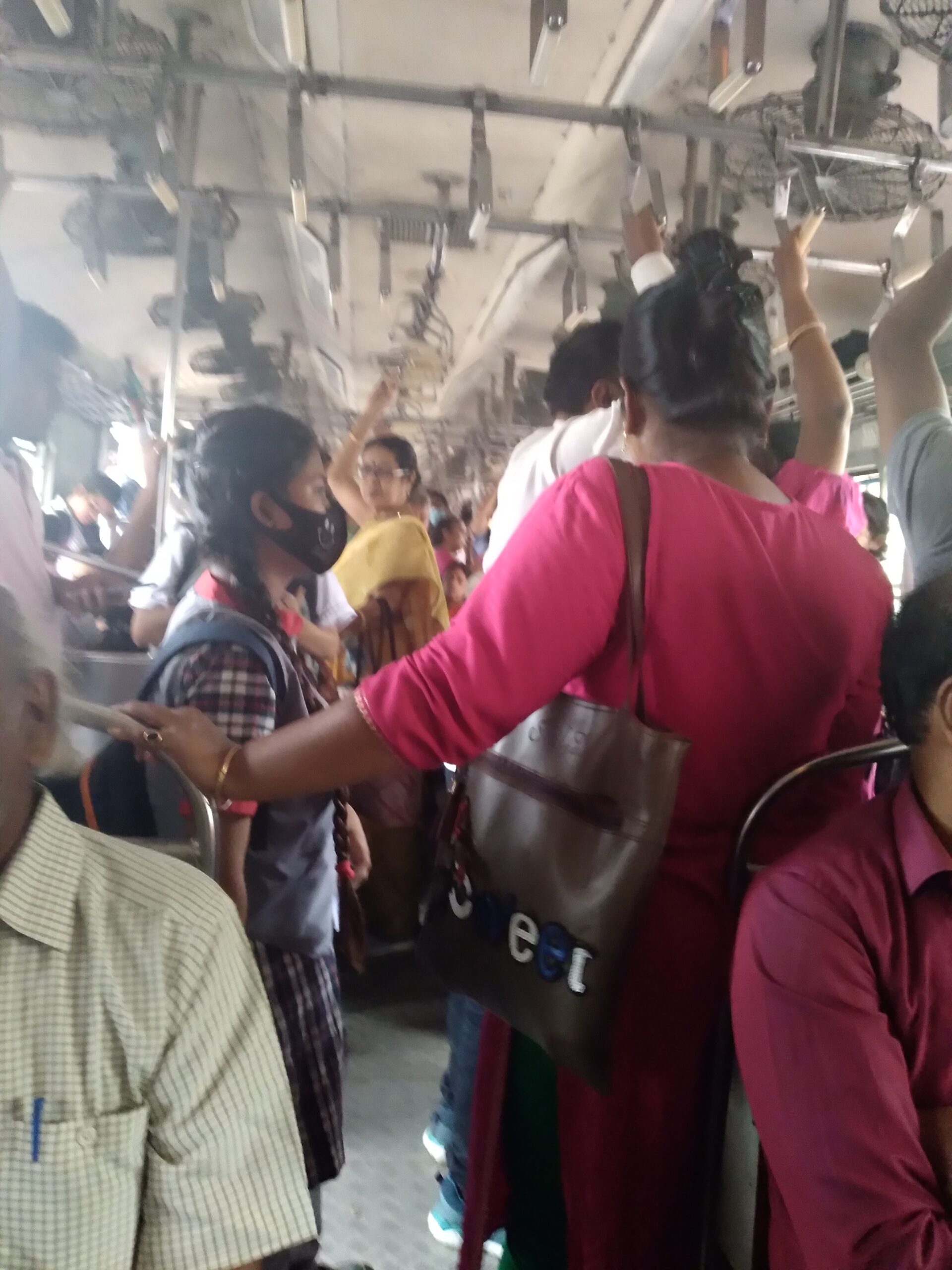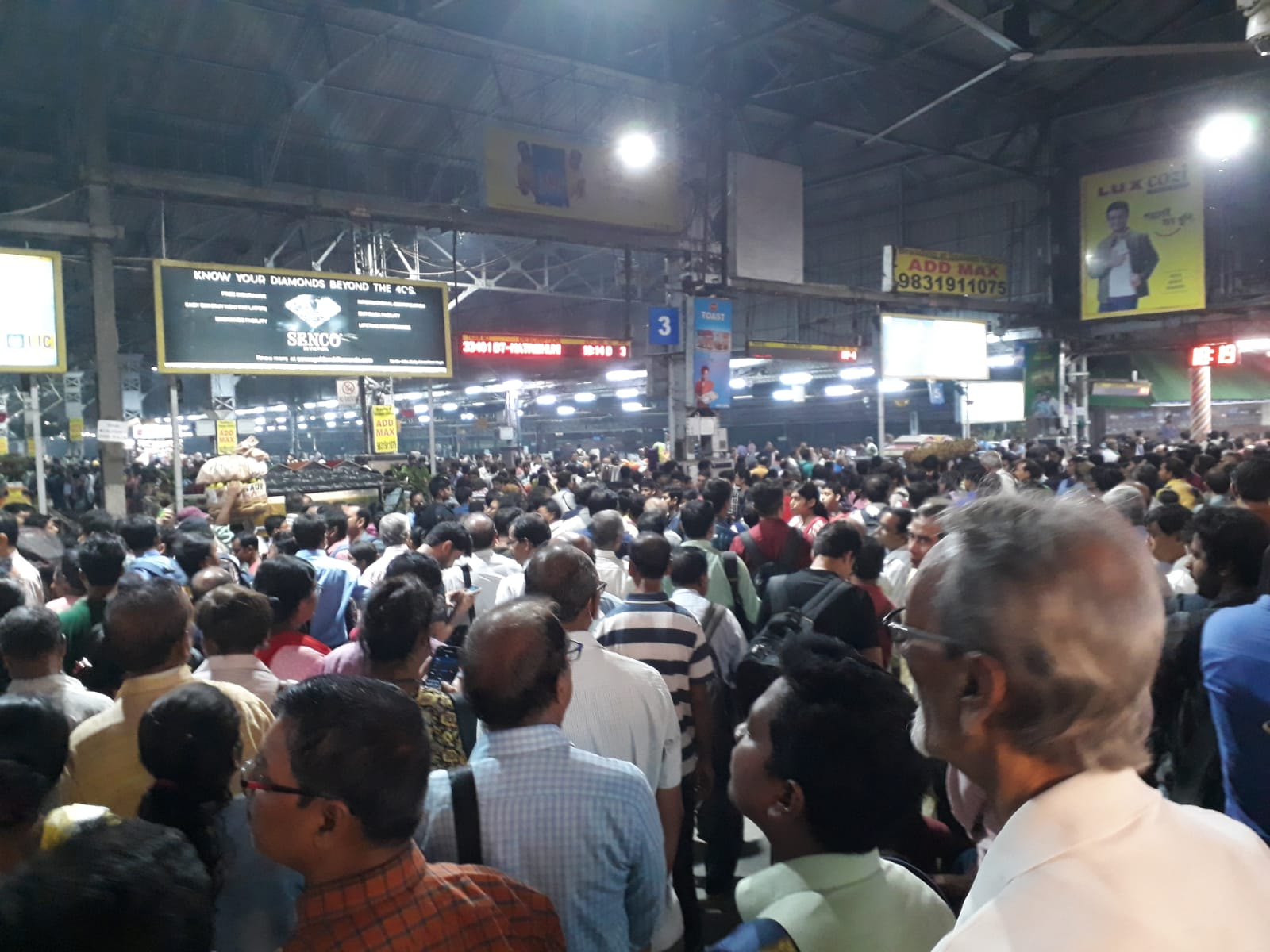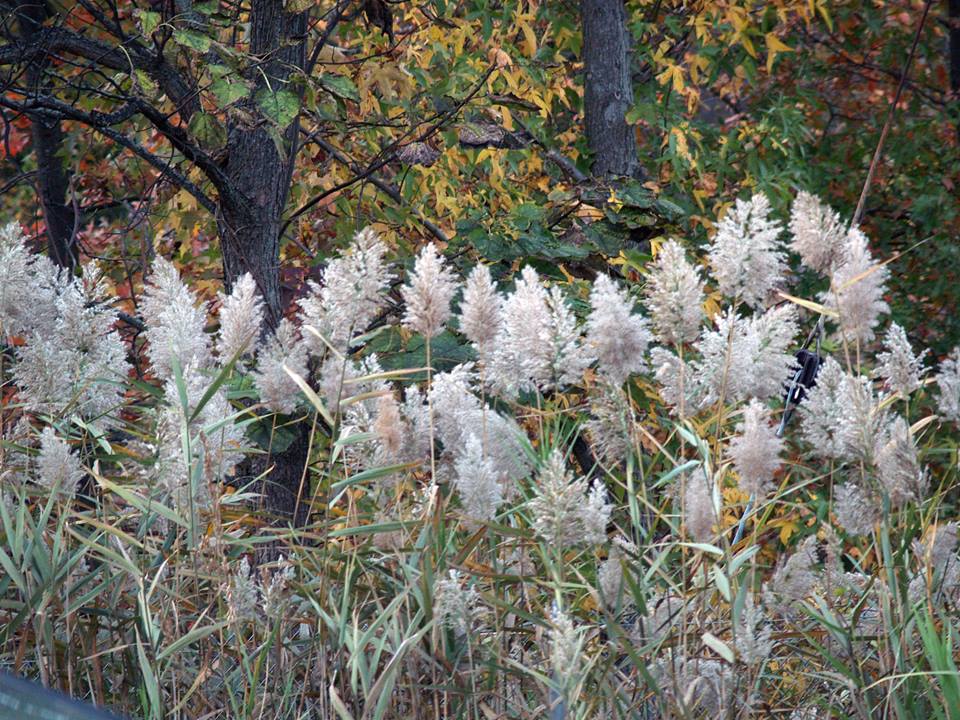Bullet train or upgrading basic rail infrastructure?
At a time when the Central government is leaving no stone unturned and working overtime to introduce Bullet train (Prime Minister Narendra Modi and his Japanese counterpart late Shinzo Abe laid the foundation stone of the bullet train project in September 2017, connecting Mumbai and Ahmedabad), as a rail enthusiast I’d like to raise a few points to the rail ministry to put things in perspective.
I grew up in a suburb near Kolkata, India where our house was very close to the railway tracks. As a child, I was fascinated as trains passed by our house hooting and puffing in the dead of night. I could hear the sounds of trains piercing the silence of the night and it took me to a world which words can’t express!
Every Indian, I’m sure, has an incredible romantic railway memory. Remember the scene in Satyajit Ray’s Pather Panchali (Song of the Little Road, 1955), where we see the boundless joy on the faces of Apu and Durga as they are sprinting through kash fields to see the oncoming train?
A crowded local train compartment
Early this month, while coming back from Santiniketan, I had to take Ganadevata Express from Prantik station (Birbhum district, West Bengal). The station has no ramp putting elderly persons in serious trouble in carrying their luggage. The long and spacious platform was poorly lit making things hard to see in the dark. Insufficient light also made it difficult for me to locate my coach as the train pulled into the platform. Moreover, the PA system at the platform was appalling. There was just one loud speaker at the platform which was hardly audible from the spot where I was waiting for the train.
I believe the rail authorities would look into these issues before introducing high-speed trains which cater only to the affluent section of the society.
Now, let’s take a look at the deplorable state of local trains. They perennially run late. Most of the train coaches are old and decrepit. Rundown and shabby interior stare at you as you step into the compartment. Windows are mostly non-functional. About the cleanliness, hygiene and floor of the compartment, the less said the better.
On assuming power, Prime Minister Modi had promised to modernise India’s railways and build high-speed trains befitting Asia’s third-largest economy. Modi’s dogged determination to turn this slow, uncomfortable and unsafe railway network into a faster, high-tech driven and reliable transport system deserves accolades.
But, there is an urgent need to strengthen and upgrade the basic infrastructure of the Indian railways keeping in mind the safety of the millions of daily commuters. Running trains on time, keeping coaches clean and ensuring rail travel safe and comfortable should be the priority.
A typical evening scene at Sealdah station
It is estimated that the fares of the bullet train may range between Rs 4,000 and Rs 5,000 to make the running of trains economically viable. How many of us can afford this?
According to Amit K. Kamila, IRSSE (retd) and a rail tech expert, the Indian railways has been making untiring efforts to beef up basic infrastructure. “The Dedicated Freight Corridor Corporation of India Limited (DFCCIL) has been working for Line Capacity enhancement. The Eastern dedicated Freight corridor (1,856km) consists of two segments: an electrified double-track segment of 1,409 km between Dankuni in West Bengal and Khurja in UP and an electrified single-track segment of 447 km between Ludhiana (Dhandarikalan) – Khurja – Dadri in the states of Punjab, Haryana and Uttar Pradesh. Of which the work on the freight corridor from Ludhiana to Chiraila Pauthu has already been completed.”
More and more freight trains are taken out of existing lines to make them occupied by passenger trains, Kamila added. However, the work on the last leg (Gaya to Dankuni) is being hindered due to land acquisition problem in West Bengal, he rued.
Kamila was all praise for Sudhanshu Mani, who led the team of engineers that designed the Vande Bharat Express. “We are grateful to Mr Mani for building purely indigenous semi-high-speed Vande Bharat at a remarkably cheaper cost.”
Kamila emphasized the need for multi-modal transport system to ensure comfortable journey for the millions of commuters who travel from the suburban areas to the mega city every day. “In Bengal, we don’t have as yet any six-lane expressway to travel from, for example, Kolkata to Krishnanagar or Gobardaga,” he said.
Kamila added: “Does the Bengal government have financial power (as per central government rules) to fund the Metro rail?”
Well, there’s no silver bullet to turn India’s deplorable rail network into a top-class performer. But, if we have the will, we can turn the impossible into a reality with someone like Ashwini Vaishnaw at the helm.
Photo: Tapas Sen


